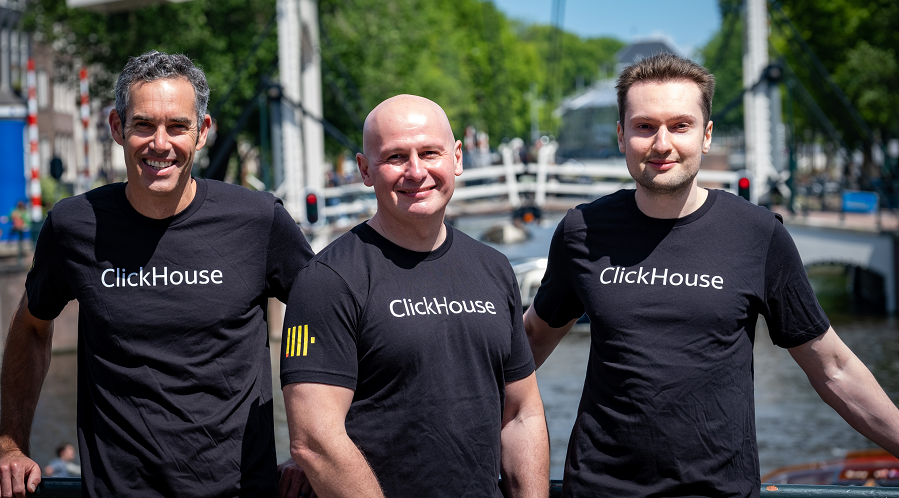
ClickHouse Inc., the developer of an open-source columnar database that can store petabytes of information, has closed a $350 million funding round.
The company announced the Series C investment today. It was led by Khosla Ventures with participation from Index Ventures, Lightspeed and more than a half-dozen others. ClickHouse’s total outside funding now stands at over $650 million.
ClickHouse’s namesake database is a relational system, which means that it keeps information in spreadsheet-like rows and columns. What sets the platform apart from standard relational databases is that it’s based on a columnar architecture. This architecture, which was invented more than three decades ago, can significantly speed up analytics workloads. It does so by optimizing the manner in which a database’s contents are written to storage.
A storage device such as a flash drive is divided into sections called memory addresses. Each section holds a small piece of data. While processing user requests, databases such as ClickHouse often retrieve several pieces of data at once from multiple sections of the storage device.
The nearness of a storage device’s sections to one another significantly influences data access speeds. Information can be retrieved faster from sections that are immediately adjacent to one another than from sections that are farther apart. This phenomenon is what columnar databases such as ClickHouse harness to boost performance.
ClickHouse’s database places columns in storage device sections that are adjacent to one another. That allows columns to be retrieved significantly faster than would otherwise be possible, which speeds up some queries. Quicker query processing, in turn, improves the performance of analytics workloads.
The database also includes other performance optimizations. It uses a method called vectorized query execution to run queries in bulk rather than one after another, which reduces completion times. Range queries, data retrieval requests that are commonly used in analytics projects, are carried out with a reduced number of steps to improve efficiency.
The other major selling point is scalability. ClickHouse’s database can power database environments with upwards of hundreds of servers and trillions of columns. According to the company, those columns may contain petabytes’ worth of information.
ClickHouse originally used an open-source technology called ZooKeeper to coordinate the servers on which it runs. A few years ago, the company released an alternative called ClickHouse Keeper. It doesn’t have to be restarted as often as ZooKeeper, which simplifies maintenance operations, and uses less storage space.
The company generates revenue with a paid, managed version of its database called ClickHouse Cloud. It combines the database with ClickHouse Keeper and a third internally developed tool known as ClickPipes. The latter technology eases the task of ingesting data from external sources.
“The future of analytics isn’t just dashboards. It’s intelligent agents that interpret data, trigger workflows, and power real-time decisions,” said ClickHouse Chief Executive Officer Aaron Katz (pictured, left, with co-founders Yury Izrailevsky and Alexey Milovidov). “But AI is just one driver. We designed and built ClickHouse from day one to support a broad spectrum of real-time data applications across industries.”
ClickHouse also disclosed that it has more than 2,000 customers. The list includes Sony Corp., Anthropic PBC and other major tech firms. ClickHouse will use the new capital to speed up product development initiatives and grow its international presence.
Photo: ClickHouse
Your vote of support is important to us and it helps us keep the content FREE.
One click below supports our mission to provide free, deep, and relevant content.
Join our community on YouTube
Join the community that includes more than 15,000 #CubeAlumni experts, including Amazon.com CEO Andy Jassy, Dell Technologies founder and CEO Michael Dell, Intel CEO Pat Gelsinger, and many more luminaries and experts.
THANK YOU

